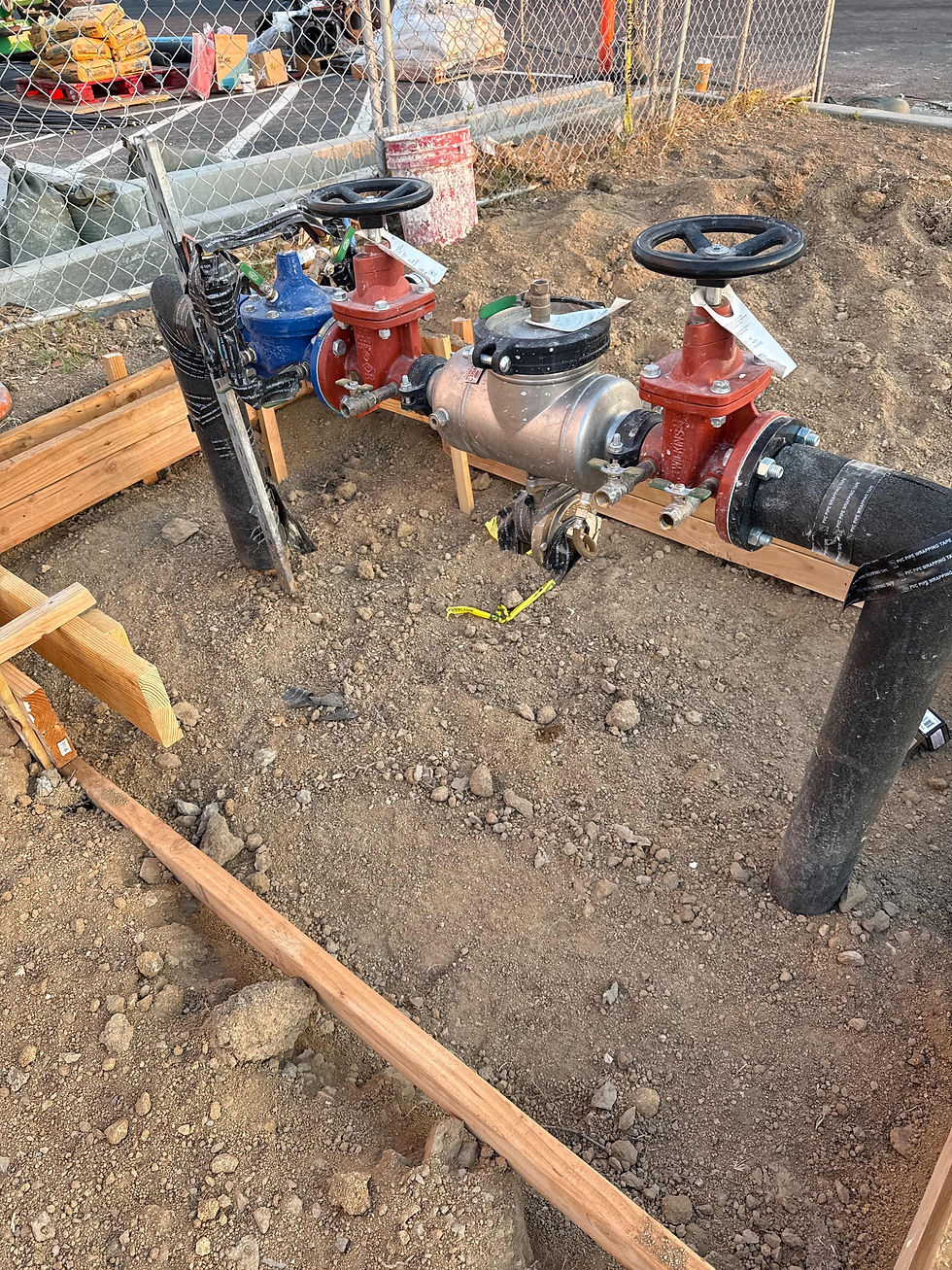Isolation Methods in Backflow Prevention: Strengthening Water Safety
- bill57931
- Jul 11, 2024
- 3 min read

Maintaining the purity and safety of our water supply is crucial for public health. To prevent backflow incidents and potential contamination, various methods are utilized in backflow prevention systems. One effective approach is the use of isolation methods, which provide an additional layer of protection.
In this article, we will explore what isolation methods are in backflow prevention, how they work, and their significance in strengthening water safety. Additionally, we'll discuss new ideas and advice not previously mentioned to enhance backflow prevention efforts.
Understanding Isolation Methods in Backflow Prevention
Isolation methods in backflow prevention involve creating physical barriers or mechanical devices to isolate the potable water supply from potential sources of contamination. These methods add an extra layer of protection, preventing backflow incidents and ensuring the safety of our water.
Types of Isolation Methods
Several isolation methods are commonly used in backflow prevention:
Physical Separation: Physical separation involves creating a physical barrier between the potable water supply and potential sources of contamination. This can be achieved through air gaps or by maintaining a minimum distance between the water supply and the non-potable source.
Check Valves: Check valves are mechanical devices that allow water to flow in one direction while preventing backflow. These valves automatically close when the water flow reverses, effectively isolating the water supply from potential contaminants.
Double Valves: Double valves, also known as dual check valves or double check valves, consist of two check valves in series. These valves provide an additional layer of protection by creating multiple barriers against backflow.
Reduced Pressure Zone (RPZ) Assembly: An RPZ assembly not only prevents backflow but also isolates the potable water supply from the non-potable source. It utilizes a series of valves and chambers to provide a high level of protection against backflow incidents.
The Significance of Isolation Methods
Isolation methods play a vital role in strengthening the effectiveness of backflow prevention systems. They provide an additional layer of protection by physically isolating the potable water supply from potential sources of contamination. This helps prevent the backward flow of water and ensures that the water supply remains safe and free from harmful substances.
New Ideas and Advice:
Regular Inspection and Maintenance
Regular inspection and maintenance of isolation methods are crucial for their continued effectiveness. Routine inspections can identify any potential issues or malfunctions, allowing for timely repairs or replacements. Engaging the services of qualified professionals for inspections and maintenance ensures the integrity of the isolation methods.
Continuous Education and Training
Providing ongoing education and training to individuals involved in water management is essential. This includes educating plumbers, building owners, and facility managers about the importance of isolation methods and proper backflow prevention practices. Continuous training programs can help enhance their knowledge and skills in maintaining and managing backflow prevention systems effectively.
Integration of Advanced Technologies
The integration of advanced technologies, such as remote monitoring systems and sensor-based devices, can enhance the efficiency and reliability of isolation methods. These technologies provide real-time data on water flow, pressure, and backflow incidents, enabling proactive detection and immediate action. By leveraging technology, potential backflow incidents can be identified early, preventing contamination and safeguarding water safety.
Conclusion:
Isolation methods in backflow prevention are crucial for strengthening water safety. Through physical separation, check valves, double valves, and RPZ assemblies, these methods provide an additional layer of protection, isolating the potable water supply from potential sources of contamination.
Regular inspection and maintenance, continuous education and training, and the integration of advanced technologies further enhance the effectiveness of these isolation methods. By prioritizing the implementation of isolation methods, we can ensure the purity and safety of our water supply, protecting the health and well-being of communities.







Comments